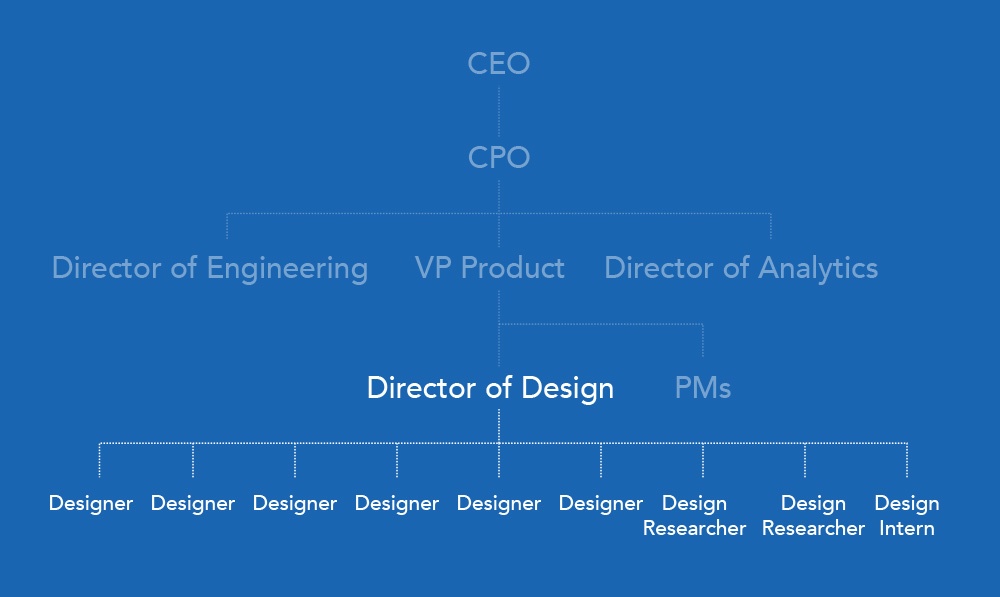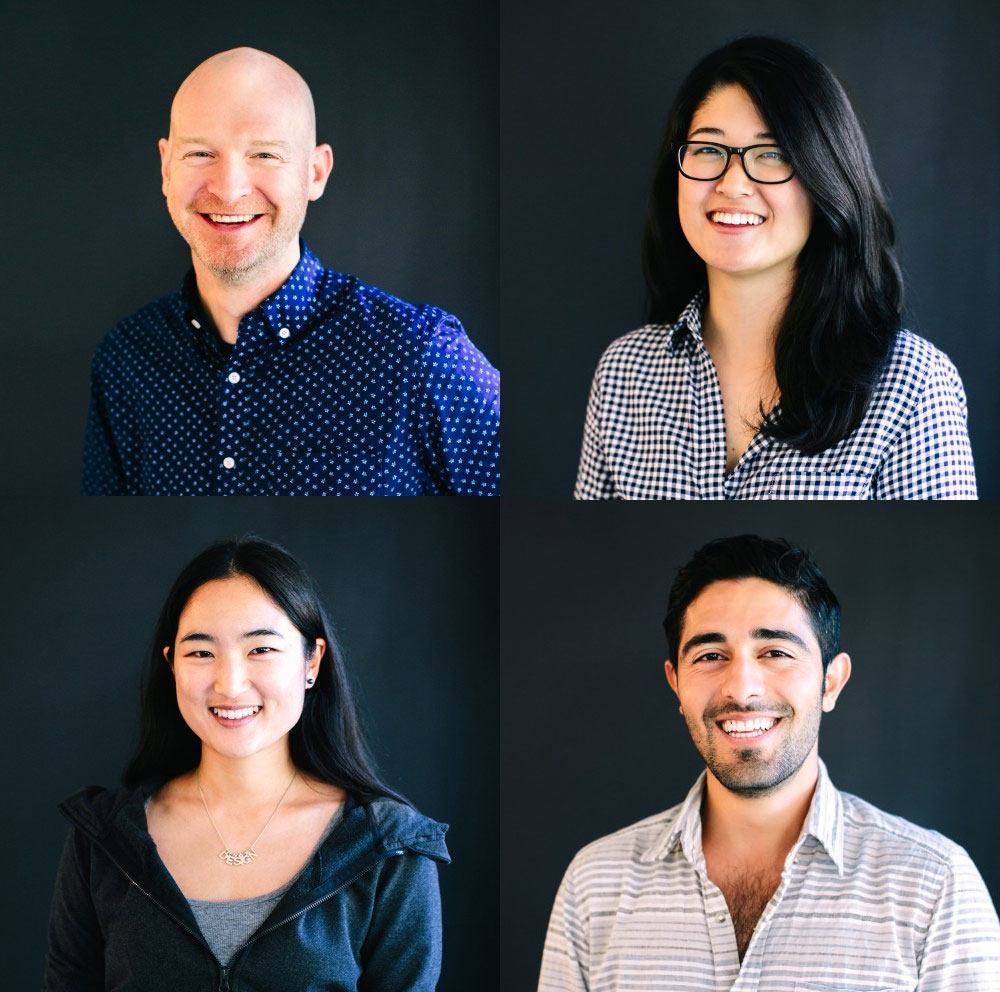Coursera Design – An Inside Look
Company Size: 150
Design Team Size: 8
A few months ago, Coursera hired Matt MacQueen as its first Director of Design. Having settled in a bit, Matt talks us through the current structure of their design team, what works well in their current structure and how he’d love to see it evolve.

Keeping it Flat
Coursera has a flat org structure within design. All 8 designers report directly to Matt including their intern. Matt gives each designer big topic areas to own, like social or university-facing products, and has the designers go deep in those areas. Matt also manages the growing design research team. Having them as peers in the same org as the designers gives them more ownership of the end product.
Unlike the designers, design researchers at Coursera float around more between topic areas. To better set them up for success, Coursera pairs them with designers where possible, and some designers also do their own research. This ensures their work is tied to a current area of focus and educates the designers, too. Some designers also do their own user research at the onset of a new project. Coursera also tends to look for full-stack user researchers who can do anything from quick usability testing, to deeper contextual inquiry and modeling out a full task analysis. Coursera has a lot of tricky interaction challenges with an academic angle to them so making both learners and professors happy with the product means lots of insights come from research.
The CPO
Coursera has a seasoned Chief Product Officer in former Netflix and Facebook product leader John Ciancutti. As Matt explains, “Our CEO was the president of Yale University so he’s superb working with our university partners. This empowers our CPO with relentless focus on our product and lets Product, Engineering and Design get much more from their manager relationship than they would if we reported directly to the CEO.”
Many people assume extra reporting layers are inherently bad. But this is a great example where adding the extra layer, combined with trust and autonomy, has created a more productive product organization.

A Collaborative Relationship
At Coursera, designers are close to product structurally and work with PMs at the inception of feature definition. This differs from the approach at many other companies, where PMs will define the product specs and then bring design in to do the wireframes or visual design. As Matt explains, “In my view, not bringing in design early really short changes what a company can get out of its design org. Designers can be instrumental in helping a company figure out what to build and how to build it.”
Opportunities from Within
One area Matt thinks they can be stronger in as a design organization is hatching and driving their own projects. For example, PMs don’t come to them asking for a visual design audit. This has to come from within the team. Matt explains, “but a strong design team should set time aside for projects like this. We have started the process of unifying our brand across product, marketing, and social, right down to the brand voice and copywriting. We think of it holistically.”
Evangelize Design
Matt says one of the first things he did as a new Director of Design was evangelize to the entire company about design. “You want designers speaking to the whole company about why design is important, what design is working on, and how to work with the design organization,” he says. “This can go a long way to making you a much more effective part of the company.”
At a recent Product all hands meeting, Matt emphasized a user-storyboarding design process, and showed photos of how it was done for one of their recent solutions. “It’s key to be inclusive and not make the design process a mystery or exclusive. We draw with our product managers and engineers, we co-create the user storyboards up front.”
